Species and ecological diversity within the Cladosporium cladosporioides complex (Davidiellaceae, Capnodiales)
- PMID: 20877444
- PMCID: PMC2945380
- DOI: 10.3114/sim.2010.67.01
Species and ecological diversity within the Cladosporium cladosporioides complex (Davidiellaceae, Capnodiales)
Abstract
The genus Cladosporium is one of the largest genera of dematiaceous hyphomycetes, and is characterised by a coronate scar structure, conidia in acropetal chains and Davidiella teleomorphs. Based on morphology and DNA phylogeny, the species complexes of C. herbarum and C. sphaerospermum have been resolved, resulting in the elucidation of numerous new taxa. In the present study, more than 200 isolates belonging to the C. cladosporioides complex were examined and phylogenetically analysed on the basis of DNA sequences of the nuclear ribosomal RNA gene operon, including the internal transcribed spacer regions ITS1 and ITS2, the 5.8S nrDNA, as well as partial actin and translation elongation factor 1-α gene sequences. For the saprobic, widely distributed species Cladosporium cladosporioides, both a neotype and epitype are designated in order to specify a well established circumscription and concept of this species. Cladosporium tenuissimum and C. oxysporum, two saprobes abundant in the tropics, are epitypified and shown to be allied to, but distinct from C. cladosporioides. Twenty-two species are newly described on the basis of phylogenetic characters and cryptic morphological differences. The most important phenotypic characters for distinguishing species within the C. cladosporioides complex, which represents a monophyletic subclade within the genus, are shape, width, length, septation and surface ornamentation of conidia and conidiophores; length and branching patterns of conidial chains and hyphal shape, width and arrangement. Many of the treated species, e.g., C. acalyphae, C. angustisporum, C. australiense, C. basiinflatum, C. chalastosporoides, C. colocasiae, C. cucumerinum, C. exasperatum, C. exile, C. flabelliforme, C. gamsianum, and C. globisporum are currently known only from specific hosts, or have a restricted geographical distribution. A key to all species recognised within the C. cladosporioides complex is provided.
Keywords: Cladosporium oxysporum; Cladosporium tenuissimum; epitypification; new species; phylogeny; taxonomy.
Figures





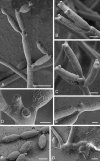


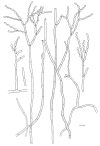

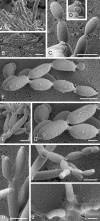




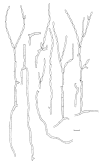














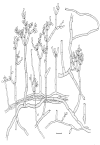


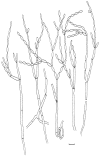





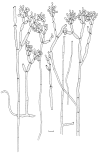


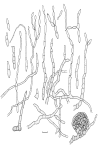






















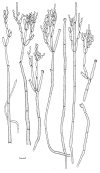


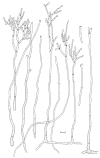




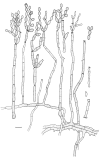


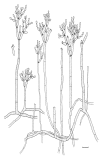


References
-
- Anilkumar TB, Seshadri VS (1975). Cladosporium leaf spot of sunflower. Current Science 44(19): 722.
-
- Aptroot A (2006). Mycosphaerella and its anamorphs: 2. Conspectus of Mycosphaerella. CBS Biodiversity Series 5: 1–231.
-
- Arx JA von (1987). Plant pathogenic fungi. Beihefte zur Nova Hedwigia 87: 1–288.
-
- Arya C, Arya A (2003). New leaf spot diseases of social forestry trees – II. Journal of Mycology and Plant Pathology 33(2): 320–322.
LinkOut - more resources
Full Text Sources
Other Literature Sources
